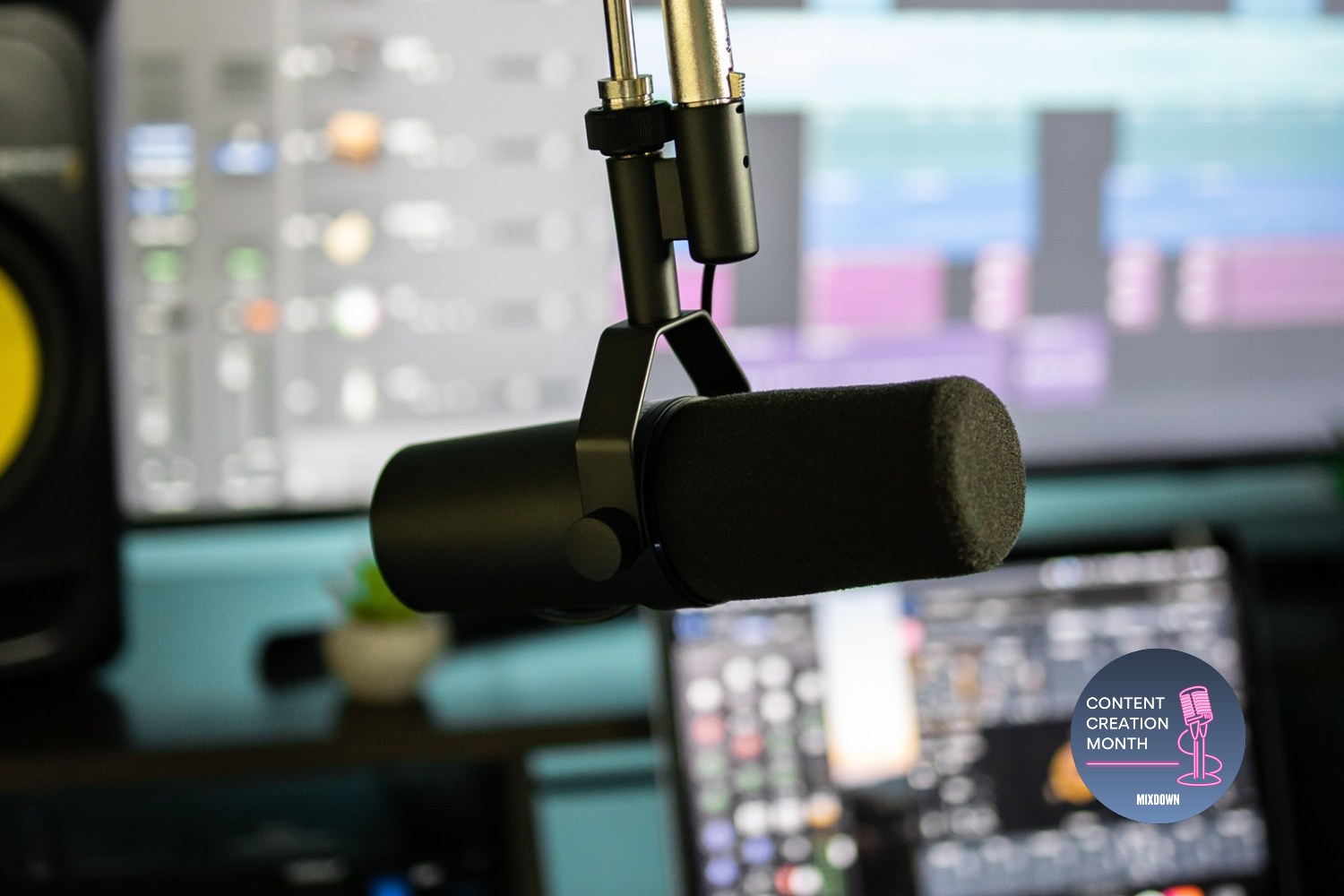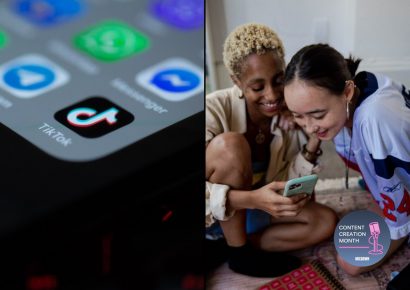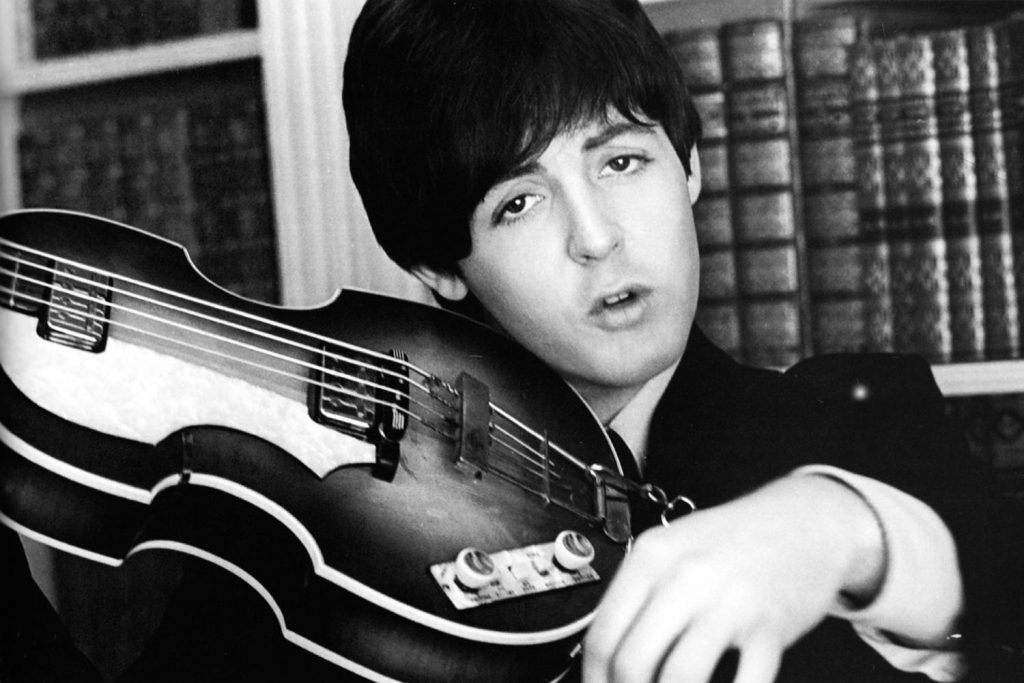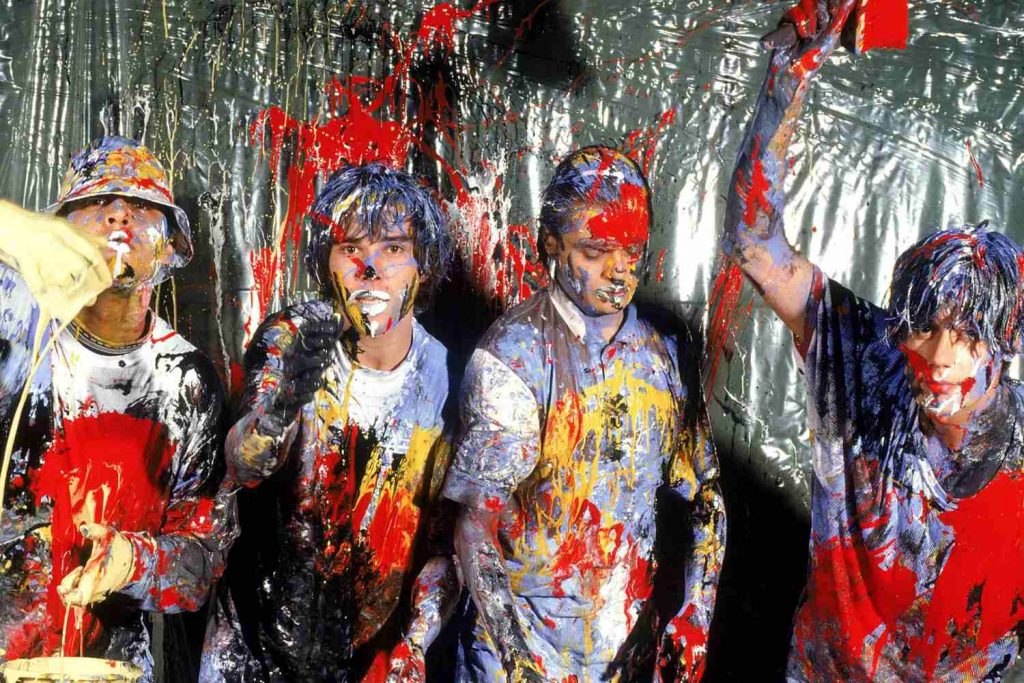Things you need to know before starting a podcast
Recording people talking isn’t rocket science, but there’s definitely a few considerations to keep in mind when aiming for a high quality recording.
Explore some of our podcast microphone reviews here.
USB Microphones
There are a number of affordable table-top USB microphones on the market aimed squarely at the booming amatuer podcast market. However you should absolutely do some test runs, as they’ll likely pick up things like chair squeaks, room reverb or a person mucking about in the room next door.
Here’s a lesson I learnt the hard way with tabletop mics, you absolutely need to instruct your speakers not to touch the table or get yourself an isolated shock mount, or better yet, a boom arm that raises the mic off the table surface. Otherwise your mic will pick up every slight knock or tap on the table’s surface.
A podcast project I worked on had a guest in that liked to firmly tap the table when he was making a point. This resulted in some extremely annoying ‘donks’ in the recording that I had to spend hours repairing in software.
Multi-track recording
One big downside of a single mic setup is the inability to adjust a single speaker’s volume in a multi-person scenario. This is especially relevant in editing. You may have been smart and got everyone’s levels right in your test run, but what if your lovely chat develops into debate and speakers talk over one another? That don’t make for good listening.
Ideally you’d want to lower one person’s volume while another speaks their points in the editing stage – not possible with a single microphone’s worth of recording.
If you think that could be a possibility in your podcasts, you may want to think about a multi-mic setup with each mic recording to its own track. Obviously this complicates your setup somewhat, but it’s still very doable with a standalone recorder or an iOS device with an audio interface if you’re looking for a more portable setup than a permanent studio location.
Condenser vs Dynamic Mics
Without getting bogged down in the technicalities of how microphones work, we can summarise that condensers require power and are highly sensitive, while dynamic mics do not require power and record sounds that are in close proximity. The USB condenser mics previously mentioned are easy as the USB port provides the power required, but a more pro-level mic with an XLR cable connection will require an audio interface or mixer with phantom power.
Dynamic mics are certainly worth considering if you’re opting for a one mic per person setup and your recording environment isn’t particularly quiet or acoustically treated, as they’ll only pick up audio in close proximity. The downside being that the speakers will need to be more conscious of their distance from the mic, which might interrupt the natural flow of conversation.
So there’s a few considerations before you get started, I’d encourage you to do some further reading and a number of test runs before you start inviting your idols in to have a chat. Preparation is key!
Find more podcasting tips here.







